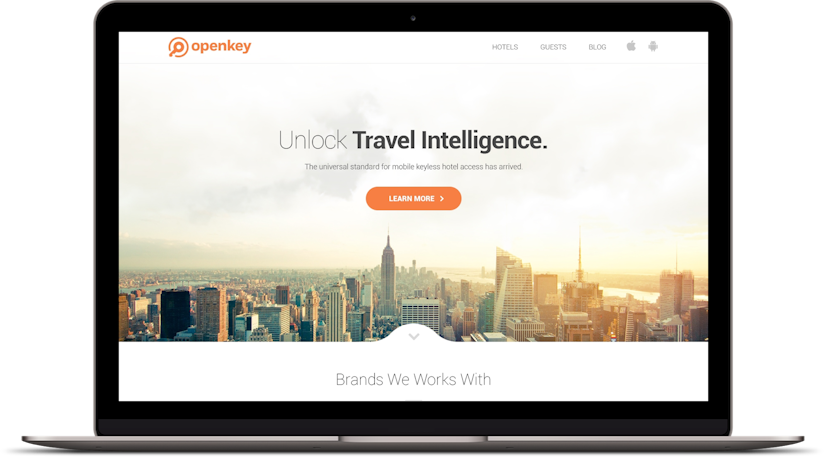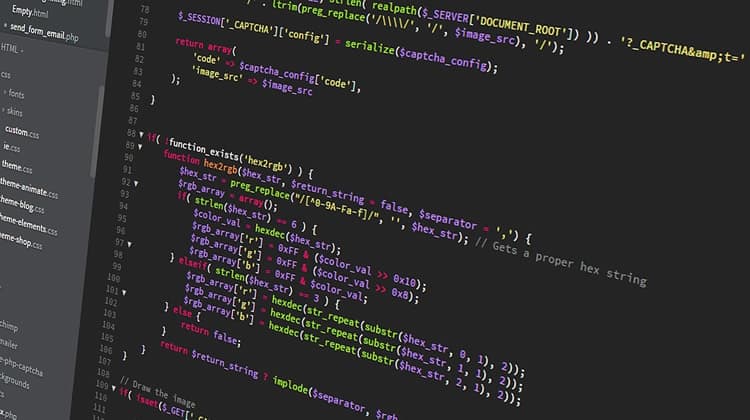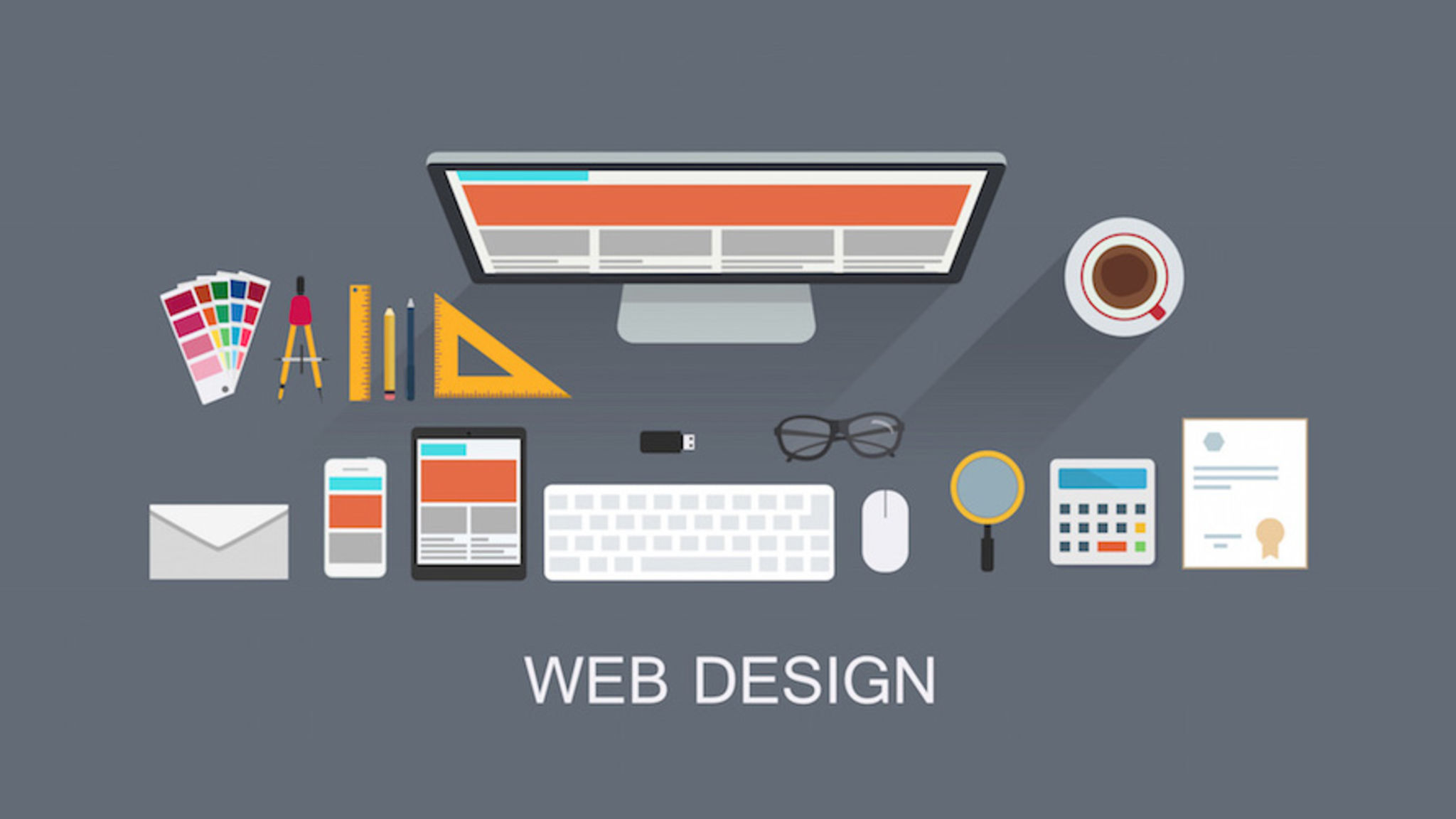All Categories
Featured
Table of Contents
- – The Leader In Website Design – Squarespace Tip...
- – 12 Essential Tips For Improving Your Web Desi...
- – Responsive Design Best Practices - Google Sea...
- – Awwwards - Website Awards - Best Web Design T...
- – The Top 10 Most Important Elements Of A Websi...
- – Arch Web Design: Top-rated Web Design Agency ...
- – What Is Web Design, How To Do It Right And B...
- – What Is Web Design? - Interaction Design Fou...
- – Web Designer News - The Best Curated News Fo...
- – The Leader In Website Design – Squarespace T...
- – The Top 10 Most Important Elements Of A Webs...
The Leader In Website Design – Squarespace Tips and Tricks:
Quick summary Usability and the energy, not the visual style, identify the success or failure of a website. Since the visitor of the page is the only person who clicks the mouse and for that reason decides everything, user-centric design has actually established as a standard approach for effective and profit-oriented website design - web design frederick md.
and the energy, not the visual style, determine the success or failure of a site. Because the visitor of the page is the only individual who clicks the mouse and for that reason decides whatever, user-centric style has actually become a basic approach for successful and profit-oriented website design. After all, if users can't utilize a feature, it might as well not exist.
g. where the search box must be placed) as it has actually already been done in a number of posts; instead we concentrate on the methods which, utilized appropriately, can result in more sophisticated style decisions and streamline the process of perceiving presented details. Please discover that you may be interested in the usability-related short articles we have actually published prior to: Principles Of Good Site Design And Efficient Website Design Standards, In order to use the concepts appropriately we initially require to understand how users engage with sites, how they believe and what are the basic patterns of users' habits.
12 Essential Tips For Improving Your Web Design In 2022 Tips and Tricks:
Visitors glimpse at each new page, scan a few of the text, and click on the very first link that captures their interest or vaguely resembles the important things they're looking for. In truth, there are large parts of the page they do not even take a look at. Most users search for something intriguing (or useful) and clickable; as quickly as some promising prospects are discovered, users click.
If a page offers users with premium content, they want to jeopardize the content with ads and the design of the website. This is the reason that not-that-well-designed websites with top quality material gain a lot of traffic over years. Content is more vital than the style which supports it.

Users don't read, they scan. Notice how "hot" locations abrupt in the middle of sentences. This is common for the scanning process. Extremely simple principle: If a site isn't able to meet users' expectations, then designer failed to get his task done appropriately and the company loses cash. The higher is the cognitive load and the less instinctive is the navigation, the more ready are users to leave the website and look for options.
Responsive Design Best Practices - Google Search Central Tips and Tricks:
Neither do they scan website in a direct style, going sequentially from one website area to another one. Instead users satisfice; they choose the very first affordable choice. As quickly as they discover a link that looks like it might lead to the objective, there is a very good opportunity that it will be right away clicked.
It does not matter to us if we understand how things work, as long as we can utilize them. If your audience is going to imitate you're creating signboard, then style great signboards." Users wish to have the ability to control their web browser and count on the constant data discussion throughout the website.
If the navigation and site architecture aren't user-friendly, the number of concern marks grows and makes it harder for users to understand how the system works and how to get from point A to point B. A clear structure, moderate visual clues and easily identifiable links can help users to discover their path to their aim.
Awwwards - Website Awards - Best Web Design Trends Tips and Tricks:

Considering that users tend to check out websites according to the "F"-pattern, these three statements would be the first elements users will see on the page once it is filled. The style itself is simple and user-friendly, to understand what the page is about the user needs to search for the response.
As soon as you have actually attained this, you can interact why the system is helpful and how users can benefit from it. Don't Squander Users' Persistence, In every task when you are going to provide your visitors some service or tool, try to keep your user requirements minimal.
First-time visitors want to, not filling long web forms for an account they may never utilize in the future. Let users check out the website and discover your services without forcing them into sharing personal data. It's not sensible to require users to get in an email address to test the feature.
The Top 10 Most Important Elements Of A Website Design Tips and Tricks:
And that's what you want your users to feel on your web site. The registration can be done in less than 30 seconds as the type has horizontal orientation, the user does not even require to scroll the page.
A user registration alone is enough of an impediment to user navigation to cut down on incoming traffic. Handle To Focus Users' Attention, As sites supply both fixed and vibrant material, some elements of the user interface draw in attention more than others do.
Focusing users' attention to particular areas of the website with a moderate usage of visual components can assist your visitors to obtain from point A to point B without thinking about how it really is expected to be done. The less question marks visitors have, the they have and the more trust they can develop towards the company the website represents.
Arch Web Design: Top-rated Web Design Agency For Saas ... Tips and Tricks:
Strive For Feature Direct exposure, Modern web designs are generally criticized due to their technique of directing users with visually appealing 1-2-3-done-steps, big buttons with visual effects etc. From the design point of view these components in fact aren't a bad thing.
The site has 9 main navigation options which are noticeable at the very first glimpse. What matters is that the content is well-understood and visitors feel comfortable with the way they engage with the system.
Instead a rate: simply what visitors are looking for. An optimal solution for reliable writing is touse brief and concise phrases (come to the point as quickly as possible), use scannable layout (categorize the material, utilize numerous heading levels, utilize visual elements and bulleted lists which break the flow of uniform text blocks), usage plain and objective language (a promotion doesn't need to sound like advertisement; offer your users some reasonable and objective reason why they ought to use your service or stay on your site)6.
What Is Web Design, How To Do It Right And Best Skills - Rock ... Tips and Tricks:
Users are seldom on a site to enjoy the design; furthermore, in the majority of cases they are searching for the information in spite of the style - web design frederick md. Strive for simplicity rather of intricacy. From the visitors' viewpoint, the best site design is a pure text, with no ads or additional content obstructs matching precisely the inquiry visitors utilized or the content they have actually been looking for.
Finch plainly presents the info about the site and offers visitors an option of options without overcrowding them with unneeded material. 7. Do not Hesitate Of The White Area, Actually it's truly tough to overstate the value of white space. Not just does it help to for the visitors, however it makes it possible to perceive the details presented on the screen.
Complex structures are harder to read, scan, analyze and deal with. If you have the choice between separating 2 style sectors by a visible line or by some whitespace, it's generally better to utilize the whitespace solution. (Simon's Law): the much better you manage to supply users with a sense of visual hierarchy, the much easier your material will be to view.
What Is Web Design? - Interaction Design Foundation (Ixdf) Tips and Tricks:
The exact same conventions and rules must be used to all elements.: do the most with the least quantity of hints and visual aspects. Clarity: all elements ought to be developed so their meaning is not unclear.
Conventions Are Our Buddies, Conventional design of site components doesn't result in an uninteresting web website. It would be a functionality nightmare if all sites had different visual presentation of RSS-feeds.
understand what they're getting out of a site navigation, text structure, search positioning etc. A typical example from use sessions is to equate the page in Japanese (presuming your web users don't understand Japanese, e. g. with Babelfish) and supply your use testers with a task to find something in the page of different language.
Web Designer News - The Best Curated News For Designers Tips and Tricks:
Steve Krug suggests that it's much better to, however make the most of conventions when you don't. 10. Test Early, Test Frequently, This so-called TETO-principle must be used to every website design job as functionality tests typically supply into substantial problems and concerns related to a given design. Test not far too late, not too little and not for the incorrect reasons.
Some important points to bear in mind: according to Steve Krug, and screening one user early in the task is better than screening 50 near the end. Accoring to Boehm's very first law, mistakes are most frequent during requirements and style activities and are the more expensive the later on they are eliminated.
That means that you design something, test it, fix it and then test it again. There may be issues which have not been discovered throughout the very first round as users were virtually obstructed by other problems.
The Leader In Website Design – Squarespace Tips and Tricks:

This holds for designers. After you've dealt with a website for couple of weeks, you can't observe it from a fresh viewpoint anymore. You understand how it is constructed and for that reason you know precisely how it works you have the knowledge independent testers and visitors of your site would not have.
It can be linked to other locations such as graphic style, user experience, and multimedia arts, however is more appropriately seen from a technological standpoint. It has ended up being a big part of individuals's daily lives. It is tough to think of the Web without animated graphics, different styles of typography, background, videos and music.

Throughout 1991 to 1993 the Internet was born. Text-only pages might be viewed utilizing a basic line-mode browser. In 1993 Marc Andreessen and Eric Bina, produced the Mosaic web browser. At the time there were multiple internet browsers, however the bulk of them were Unix-based and naturally text heavy. There had been no integrated technique to graphic style aspects such as images or sounds.
The Top 10 Most Important Elements Of A Website Design Tips and Tricks:
The W3C was developed in October 1994 to "lead the World Wide Web to its full potential by developing typical procedures that promote its evolution and ensure its interoperability." This discouraged any one company from monopolizing a propriety internet browser and programs language, which might have altered the result of the Web as a whole.
As this has actually taken place the technology of the web has also moved on. There have also been considerable changes in the method people use and access the web, and this has actually altered how sites are developed.
Learn more about Lovell Media Group LLC or TrainACETable of Contents
- – The Leader In Website Design – Squarespace Tip...
- – 12 Essential Tips For Improving Your Web Desi...
- – Responsive Design Best Practices - Google Sea...
- – Awwwards - Website Awards - Best Web Design T...
- – The Top 10 Most Important Elements Of A Websi...
- – Arch Web Design: Top-rated Web Design Agency ...
- – What Is Web Design, How To Do It Right And B...
- – What Is Web Design? - Interaction Design Fou...
- – Web Designer News - The Best Curated News Fo...
- – The Leader In Website Design – Squarespace T...
- – The Top 10 Most Important Elements Of A Webs...
Latest Posts
Web Design Vs. Web Development - Upwork Tips and Tricks:
Web Design And Engineering Major - Santa Clara University Tips and Tricks:
Web Design - The First 100 Years - Idle Words Tips and Tricks:
More
Latest Posts
Web Design Vs. Web Development - Upwork Tips and Tricks:
Web Design And Engineering Major - Santa Clara University Tips and Tricks:
Web Design - The First 100 Years - Idle Words Tips and Tricks: